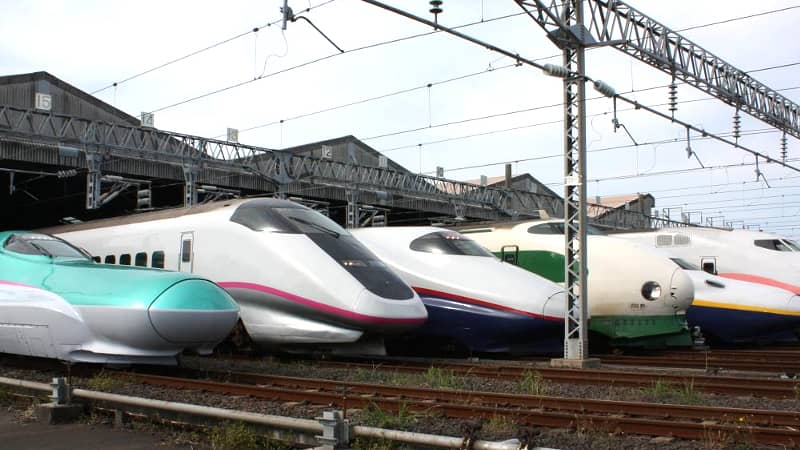If you’re planning to travel between Tokyo, Kyoto, Osaka, and Kanazawa, you have the option of both the JR Pass and the Hokuriku Arch Pass.
Both passes offer unlimited travel, but their coverage, flexibility, and ideal routes are very different.
Here we compare the JR Pass and the Hokuriku Pass to help you choose the one that fits your itinerary.
Table of Contents
JR Pass: Maximum Flexibility and National Coverage
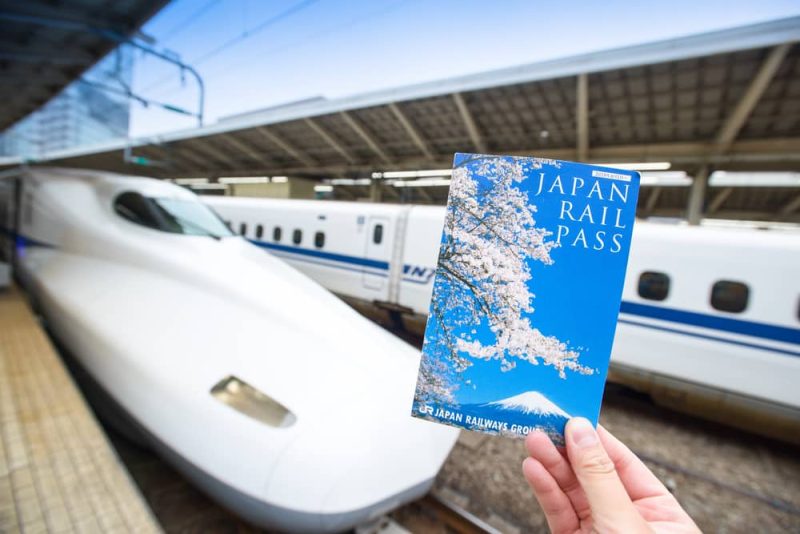
The Japan Rail Pass (JR Pass) is the most comprehensive option for visitors traveling across multiple regions of Japan.
When to choose the JR Pass
Here are the key reasons for choosing the JR Pass:
- You want to visit cities in different parts of Japan, not just along one route.
- You’re planning to travel beyond Tokyo, Kyoto, Osaka, and Kanazawa — for example, to Hiroshima, Fukuoka, or Sapporo.
- You want access to a wide variety of Shinkansen and limited express lines.
- You want the freedom to make last-minute changes to your travel plan.
- You’re traveling for more than 7 days or want a longer pass option.
What the JR Pass covers
Here’s what the JR Pass covers:
- All major cities on the Tokaido Shinkansen, including Tokyo, Nagoya, Kyoto, Osaka.
- Access to the entire shinkansen network.
- Regional lines and limited express trains operated by JR.
- Airport transfers from Narita, Kansai, Itami, Fukuoka, and more.
- Urban JR lines in cities like Tokyo (Yamanote Line) and Osaka (Osaka Loop Line).
The JR Pass means you do not have to plan a perfect route — it gives you room to explore, take day trips, and change directions without worrying about ticket costs.
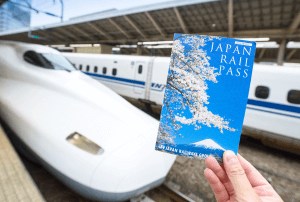

Unlimited access to transportation across Japan for 7, 14, or 21 days on:
- All Shinkansen trains
- Rapid and Local JR trains
- JR bus and ferry services
- Airport Transfers
A single ticket, huge savings.
Hokuriku Arch Pass: Great for Regional Travel Through Kanazawa
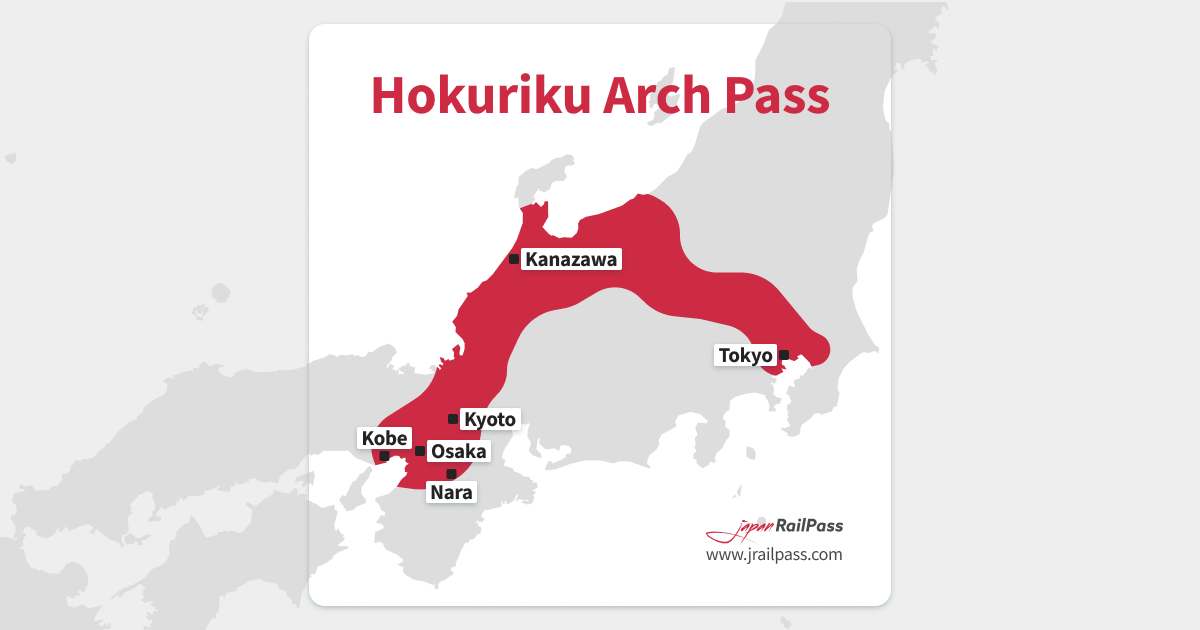
The Hokuriku Arch Pass is a regional rail pass covering a specific route that connects Tokyo to Osaka via Kanazawa.
When to choose the Hokuriku Arch Pass
Here are the main points for using the Hokuriku Arch Pass:
- Your trip is focused on cities along the Hokuriku route, especially Kanazawa, Nagano, Toyama, and Fukui.
- You’re planning a one-week trip with fixed dates.
- You’re not visiting areas like Hiroshima, Kyushu, or Hokkaido.
- You’re open to traveling through Kanazawa instead of using the direct route between Tokyo and Osaka.
- You do not need access to the full JR Shinkansen network.
What the Hokuriku Arch Pass covers
Here’s what you can do with the Hokuriku Arch Pass:
- The Hokuriku Shinkansen, which connects Tokyo with Nagano, Toyama, and Kanazawa.
- JR West and JR East trains arround Tokyo, Kyoto, and Osaka.
- Limited Express trains such as the Thunderbird between Kanazawa and Kyoto/Osaka.
- Local JR lines within the region.
- Airport access from Narita and Kansai.
If Kanazawa is a highlight of your trip and you’re sticking to central Japan, the Hokuriku Arch Pass simplifies things and covers exactly what you need.
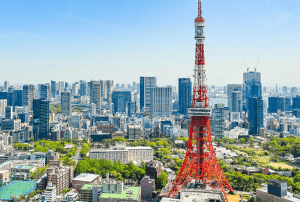

Unlimited 7-day access to JR trains in the Hokuriku region, containing cultural hubs such as Tokyo, Kyoto, Nara and Osaka, and rural delights such as the Japanese Alps and the ski resorts of Nagano.
Regional vs. National: What’s the Real Difference?
The JR Pass is valid across all JR companies (JR East, JR West, JR Central, JR Hokkaido, JR Kyushu, JR Shikoku), while the Hokuriku Arch Pass is limited to JR East and JR West.
This makes a huge difference if you:
- Want to visit places like Hokkaido (Sapporo), Kyushu (Fukuoka, Kagoshima), or Hiroshima.
- Plan to take multiple bullet train rides in different regions.
- Are looking for maximum coverage and flexibility.
If you’re staying within central Honshu and following a simple itinerary like Tokyo ➝ Kanazawa ➝ Kyoto ➝ Osaka, the Hokuriku Arch Pass is sufficient.
But if your trip involves multiple regions or you’re planning to add day trips to other areas, the JR Pass gives you much more flexibility.
Which cities can you visit?
Here’s all the places you can visit with each pass:
With the JR Pass: The whole Japan! Tokyo, Kyoto, Osaka, Kanazawa, Nagano, Hiroshima, Nikko, Takayama, Nara, Fukuoka, Sapporo, Hakodate, and more.
Ideal for trips combining east, west, and northern Japan.
With the Hokuriku Arch Pass: Tokyo, Nagano, Toyama, Kanazawa, Fukui, Kyoto, Osaka, Nara.
Ideal for a central Japan itinerary with a focus on Kanazawa and the Hokuriku region.
Itinerary Examples: What Pass Works Best?
| Sample Route | Pass Recommendation | Why |
|---|---|---|
| Tokyo ➝ Kyoto ➝ Osaka ➝ Hiroshima | JR Pass | Hiroshima is not covered by Hokuriku Arch |
| Tokyo ➝ Kanazawa ➝ Kyoto ➝ Osaka | Hokuriku Arch Pass | Perfectly follows the Arch route |
| Tokyo ➝ Nagano ➝ Kanazawa ➝ Kyoto ➝ Osaka | Hokuriku Arch Pass | Stays within JR East/West zones |
| Tokyo ➝ Takayama ➝ Kanazawa ➝ Hiroshima | JR Pass | Crosses into JR Central and JR West (Takayama & Hiroshima) |
| Tokyo ➝ Kyoto ➝ Nara ➝ Osaka ➝ Sapporo | JR Pass | Covers distant regions and multiple JR zones |
Read more: Hokuriku Arch Pass 7 days itinerary
Which Pass Should I Choose?
Ask yourself these questions:
- Are you traveling beyond 7 days?
- Will you visit cities outside the Hokuriku region?
- Do you want the freedom to change plans or explore more?
Choose the JR Pass if:
- You’re traveling across multiple regions.
- You value national coverage and flexibility.
- You plan to visit Hiroshima, Fukuoka, Sapporo, or other far destinations.
- You want to take the Tokaido Shinkansen (Tokyo–Nagoya–Kyoto–Osaka route).
Choose the Hokuriku Arch Pass if:
- You will not go beyond the Hokuriku corridor.
- You’re focused on exploring the Nagano–Kanazawa region.
- You’re visiting Tokyo, Kanazawa, Kyoto, and Osaka on a 7-day trip.
Both passes offer unlimited train rides, but your route and travel style will make the difference.
If in doubt, the JR Pass offers a more open journey — giving you access to the full experience of Japan by rail.
